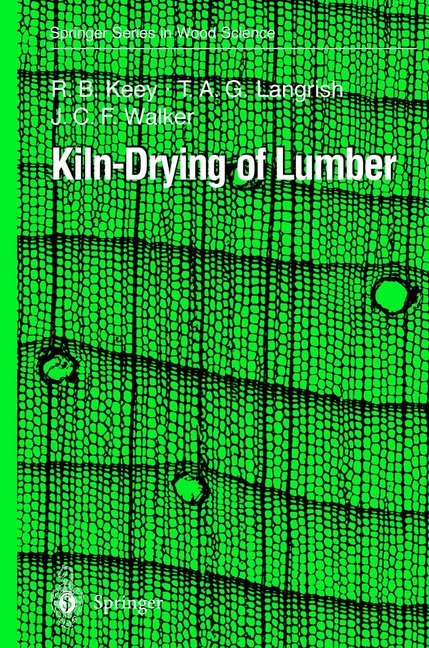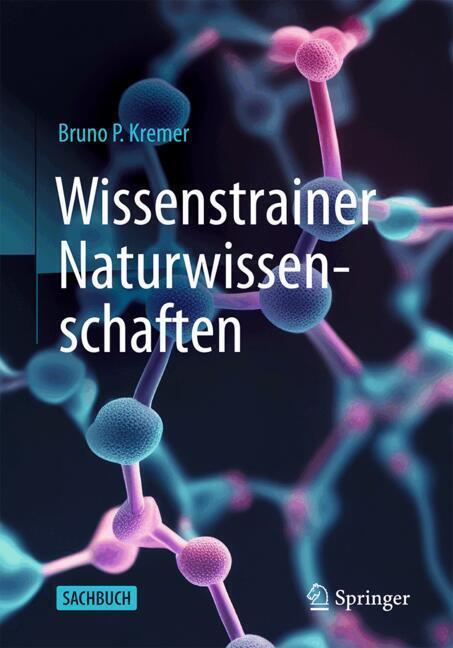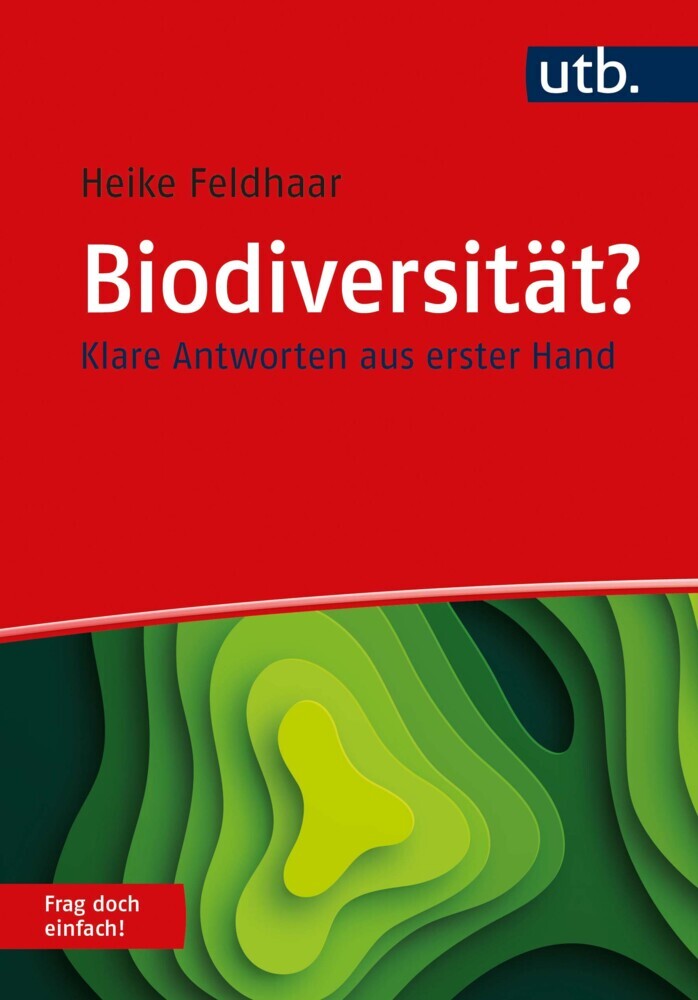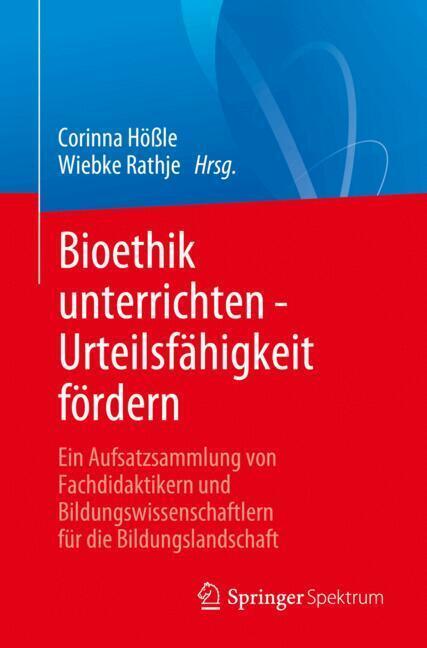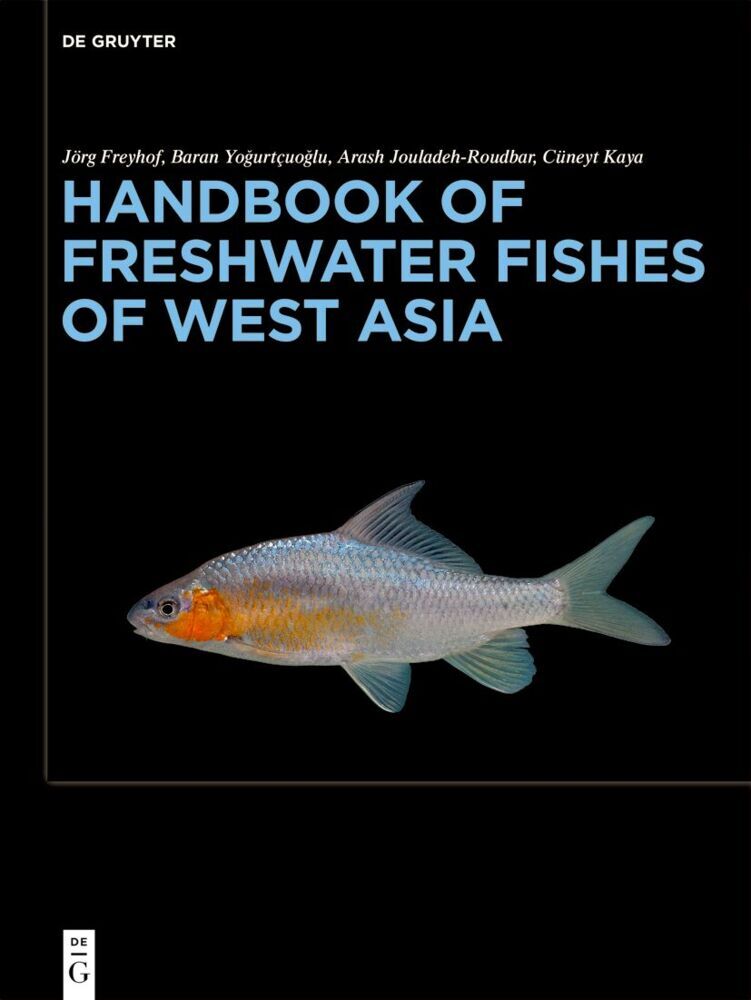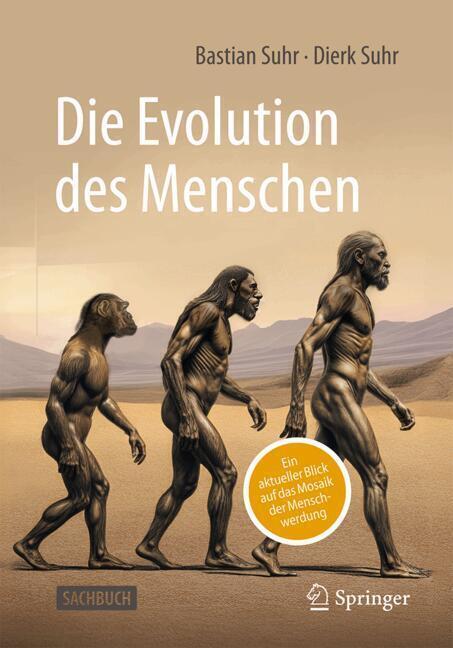Kiln-Drying of Lumber
Kiln-Drying of Lumber
At present, no single book adequately covers a basic understanding of wood book satisfies the need for such a work. It describes drying in practice. This the fundamental basis of kiln-drying technology, to enable forest companies to imFrove their drying operations as high-quality timbers become scarcer and of yesteryear can no longer be tolerated. Adaptive the wasteful practices is no longer good enough. Innovations change based on past experience of the material being dried and the processes require a sound understanding of drying. Newer techniques, such as the use of ultrahigh temperature sea soning and superheated steam under vacuum, require an even greater depth of physical understanding for these methods to be used effectively and economically. book provides a description of modern ideas about wood structure, This moisture movement and stress development, from which models of the drying process are developed to give the kiln operator important information about the course of drying under specified conditions, and thus a means is compared with practice wherever for rational process improvement. Theory possible.
1.2 The Structure of Hardwoods
1.3 Cell-Wall Structure and Composition
2 Wood-Water Relationships
2.1 Water in Wood
2.2 Moisture Sorption
2.3 Fibre Saturation and Maximum Hygroscopic MoistureContent
2.4 Theories of Sorption
2.5 Heat of Sorption
2.6 Response to Environmental Changes
3 Evaporation and Humidification
3.1 Moisture in Air
3.2 Enthalpy of Moist Air
3.3 Adiabatic Saturation and Wet-Bulb Temperatures
3.4 Humidity Charts
3.5 Ideal Heat Demand
3.6 Evaporation from a Wood Surface
3.7. Subsurface Evaporation
3.8 Mass-Transfer Coefficient Measurements
4 Wood-Drying Kinetics
4.1 Empirical Observations
4.2 Normalisation of Drying-Rate Curves
4.3 Pathways for Moisture Movement in Wood
4.4 Selection of Drying Models
5 Moisture Diffusion
5.1 Driving Forces for Diffusion
5.2 Penetration Periods and Regular-Regime Drying
5.3 Theoretical Modelling of Diffusion Coefficients
5.4 Experimental Measurements of Diffusion Coefficients
5.5 Conclusions
6 Multiple-Mechanism Models
6.1 Fundamental Equations
6.2 Experimental Observations
6.3 The Physical Process of Drying for a Softwood, Pinus radiata
6.4 Mixed-Wood Boards
6.5 Conclusions
7 Lumber Quality
7.1 Gross Features of Wood
7.2 Intrinsic Features of Wood
7.3 Processing Implications
8 Stress and Strain Behaviour
8.1 Mechanical Analogues
8.2 Shrinkage
8.3 Instantaneous Strain
8.4 Viscoelastic Strain
8.5 Mechanosorptive Strain
8.6 Relative Magnitude of Strain Components
8.7 Solution Procedures
8.8 Experimental Apparatus
8.9 Applications
9 Airflow and Convection
9.1 Airflow in a Batch Kiln
9.2 Flow between Boards
9.3 Convection in Kilns
9.4 Bypassing
9.5 Kiln Economics
10 Kiln Operation
10.1 Drying under Constant External Conditions
10.2 Drying under Variable External Conditions
10.3 Practical Kiln Schedules
10.4 General Practical Considerations
10.5 End-Moisture Specification
10.6 Handling Kiln-Dried Lumber
11 Pretreatments of Green Lumber
11.1 Protecting Wood Prior to Drying
11.2 Physical Methods to Improve Permeability
11.3 Low-Temperature Predrying
11.4 Heat Treatment
11.5 Prefreezing
11.6 Antishrink Chemicals
11.7 Presurfacing
11.8 Green Finger-Jointing and Cutting Blanks
11.9 Precoating
11.10 Presorting
12 Less-Common Drying Methods
12.1 Solar Kilns
12.2 Dielectric Drying
12.3 Superheated Steam Drying
12.4 Vacuum Drying
12.5 Dehumidifier Kilns
References
Species Index.
1 The Structure of Wood
1.1 The Structure of Softwoods1.2 The Structure of Hardwoods
1.3 Cell-Wall Structure and Composition
2 Wood-Water Relationships
2.1 Water in Wood
2.2 Moisture Sorption
2.3 Fibre Saturation and Maximum Hygroscopic MoistureContent
2.4 Theories of Sorption
2.5 Heat of Sorption
2.6 Response to Environmental Changes
3 Evaporation and Humidification
3.1 Moisture in Air
3.2 Enthalpy of Moist Air
3.3 Adiabatic Saturation and Wet-Bulb Temperatures
3.4 Humidity Charts
3.5 Ideal Heat Demand
3.6 Evaporation from a Wood Surface
3.7. Subsurface Evaporation
3.8 Mass-Transfer Coefficient Measurements
4 Wood-Drying Kinetics
4.1 Empirical Observations
4.2 Normalisation of Drying-Rate Curves
4.3 Pathways for Moisture Movement in Wood
4.4 Selection of Drying Models
5 Moisture Diffusion
5.1 Driving Forces for Diffusion
5.2 Penetration Periods and Regular-Regime Drying
5.3 Theoretical Modelling of Diffusion Coefficients
5.4 Experimental Measurements of Diffusion Coefficients
5.5 Conclusions
6 Multiple-Mechanism Models
6.1 Fundamental Equations
6.2 Experimental Observations
6.3 The Physical Process of Drying for a Softwood, Pinus radiata
6.4 Mixed-Wood Boards
6.5 Conclusions
7 Lumber Quality
7.1 Gross Features of Wood
7.2 Intrinsic Features of Wood
7.3 Processing Implications
8 Stress and Strain Behaviour
8.1 Mechanical Analogues
8.2 Shrinkage
8.3 Instantaneous Strain
8.4 Viscoelastic Strain
8.5 Mechanosorptive Strain
8.6 Relative Magnitude of Strain Components
8.7 Solution Procedures
8.8 Experimental Apparatus
8.9 Applications
9 Airflow and Convection
9.1 Airflow in a Batch Kiln
9.2 Flow between Boards
9.3 Convection in Kilns
9.4 Bypassing
9.5 Kiln Economics
10 Kiln Operation
10.1 Drying under Constant External Conditions
10.2 Drying under Variable External Conditions
10.3 Practical Kiln Schedules
10.4 General Practical Considerations
10.5 End-Moisture Specification
10.6 Handling Kiln-Dried Lumber
11 Pretreatments of Green Lumber
11.1 Protecting Wood Prior to Drying
11.2 Physical Methods to Improve Permeability
11.3 Low-Temperature Predrying
11.4 Heat Treatment
11.5 Prefreezing
11.6 Antishrink Chemicals
11.7 Presurfacing
11.8 Green Finger-Jointing and Cutting Blanks
11.9 Precoating
11.10 Presorting
12 Less-Common Drying Methods
12.1 Solar Kilns
12.2 Dielectric Drying
12.3 Superheated Steam Drying
12.4 Vacuum Drying
12.5 Dehumidifier Kilns
References
Species Index.
Keey, R.B.
Langrish, T.A.G.
Walker, J.C.F.
| ISBN | 978-3-642-64071-1 |
|---|---|
| Artikelnummer | 9783642640711 |
| Medientyp | Buch |
| Auflage | Softcover reprint of the original 1st ed. 2000 |
| Copyrightjahr | 2011 |
| Verlag | Springer, Berlin |
| Umfang | XI, 326 Seiten |
| Abbildungen | XI, 326 p. |
| Sprache | Englisch |

